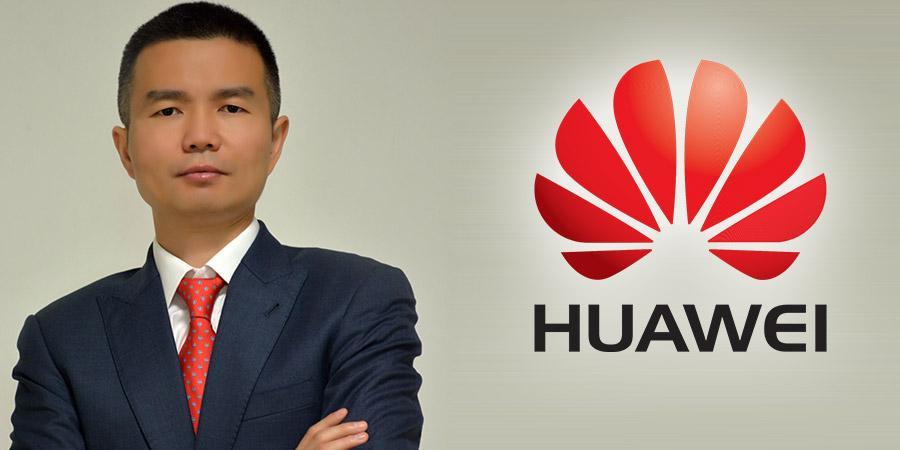With the acceleration of the 5G standards process, the 5th generation mobile network has firmly become the telecom industry's next game-changing development. However, we all know 5G will not be realized overnight. The important, indeed the essential, question therefore is: how do we traverse the distance from our existing network to 5G? This is the question I would like to address here.
5G comprises new radio (NR) and eLTE
"This is on the understanding that 5G is a system that comprises the New Radio (NR) currently under development, an evolution of existing radio (LTE and its derivatives)"(which is eLTE, added by author), according to 3GPP PCG meeting #37, Oct. 2016.

It isn't surprising that NR is attracting a lion's share of the attention, given its innovative concept and aesthetic. And for good reason NR will bring us a brand new air interface and several high frequency bands, which can support over 10Gbps' speed easily, and enhance user experience at up to totally new different levels. Given this, as an evolution of the existing radio, eLTE seems like less of an innovation.
NR and eLTE, two mutual complementary radio access technologies(RAT)
However, I would argue that NR and eLTE are highly interrelated and co-dependent in our pursuit of 5G, for two reasons:
1. Ecosystem development: before 5G NR can mature by 2020, eLTE will be the transitional radio access technology supporting the booming data traffic in the next 2~3years.
According to 3GPP,5G Phase1 (Release 15) will be frozen in the middle of 2018. Some 5G NR pre-commercial trials will be conducted at the end of 2018. Considering terminal affordability and user cases, the small scale 5G NR commercial networks will only be launched in 2019.
Additionally, 5G Phase 2 standard will be completed only by the end of 2019, and until then, 5G NR can fully meet ITU's requirements in terms of ultra high speed, low latency and massive connections. This is why most of leading operators plan to deploy 5G NR on a wide scale by 2020, and also will depend on eLTE.
2. Technology: 5G NR cooperates with eLTE to provide a wide-ranging 5G service in a cost-effective way.
In order to ensure ultra-fast speed, NR will first be introduced on high band because of abundant spectrum resource. However, for continuous coverage only by NR, excessive investment will be needed to add a huge number of new sites, given NR's weak coverage on high band.
Therefore, cooperation between NR and eLTE needs to be established. By fully taking advantage of eLTE's good coverage and NR's huge capacity, and implementing 5G technologies such as "dual-connectivity" and "uplink and downlink decoupling", NR can be deployed fast and economically at its initial stages.
A. Dual connectivity: 5G terminal will connect eLTE layer and NR layer at the same time, control plane carried by eLTE and user plane carried by both eLTE and NR.
B. Downlink and Uplink decoupling: with massive MIMO, NR's downlink coverage will be enhanced dramatically, yet the uplink coverage has become a bottleneck. With the uplink and downlink decoupling, NR uplink can carried by eLTE's low band, increase the 5G coverage.

Suggestions: making 5G happen
1. Experience towards 5G
Since 5G NR will only mature by 2020, in the meantime we can choose to enhance eLTE, and evolve to 5G step by step. On one hand, this ensures the competitive experience for the next 2-3 years; on the other hand, it gets us ready for 5G NR's introduction, since eLTE is a powerful complement to 5G NR and will cooperate with NR for a long time.
With Massive MIMO, 4*4 MIMO, 256QAM, T+F CA and etc., Gbps experience can be achieved in this year.
2. Service towards 5G
The success of any business endeavor needs cultivation in advance: the formation of user habits, the study of business modes, and the collaborative elements within an ecosystem. All of these take time. Take a look at the history of mobile communication. Voice service emerged in the 1G era, and matured in 2G era; MBB service emerged in 3G era and matured in 4G era.
Now comes the hallmarks of 5G's future -- IOT, VR, V2x, remote control, etc. Take NB-IoT as an example, which is already supported by 4G, but still has many challenges on the road to wide deployment and business success. Given this reality, 2 years in advance of 5G is a good time to start working on it. The earlier operators start to incubate 5G services, the more advantages they will give themselves in quickly and comprehensively rolling it out in the future.
3. Architecture towards 5G
5G is based on the cloud to enable E2E network slicing and flexible O&M. How to go cloud? We need to start researching and conducting field trials today. Considerations such as core network virtualization and access network cloudification need to be considered beforehand in order to get fully prepared for NR's commercial launch in 2019.
As an early 5G technology advocate, Huawei began to invest in 5G research in 2009, and continues to lead the innovation today. Currently, Huawei is working on establishing a global unified standard and developing 5G use cases with other industry players, in order to enable the successful commercial launch of 5G NR in 2019. In addition to NR, Huawei has also actively applied 5G technologies to existing 4G networks, enhancing the current network experience and serving as the bridge of 4G and 5G, further enabling a smooth evolution to full 5G implementation.










